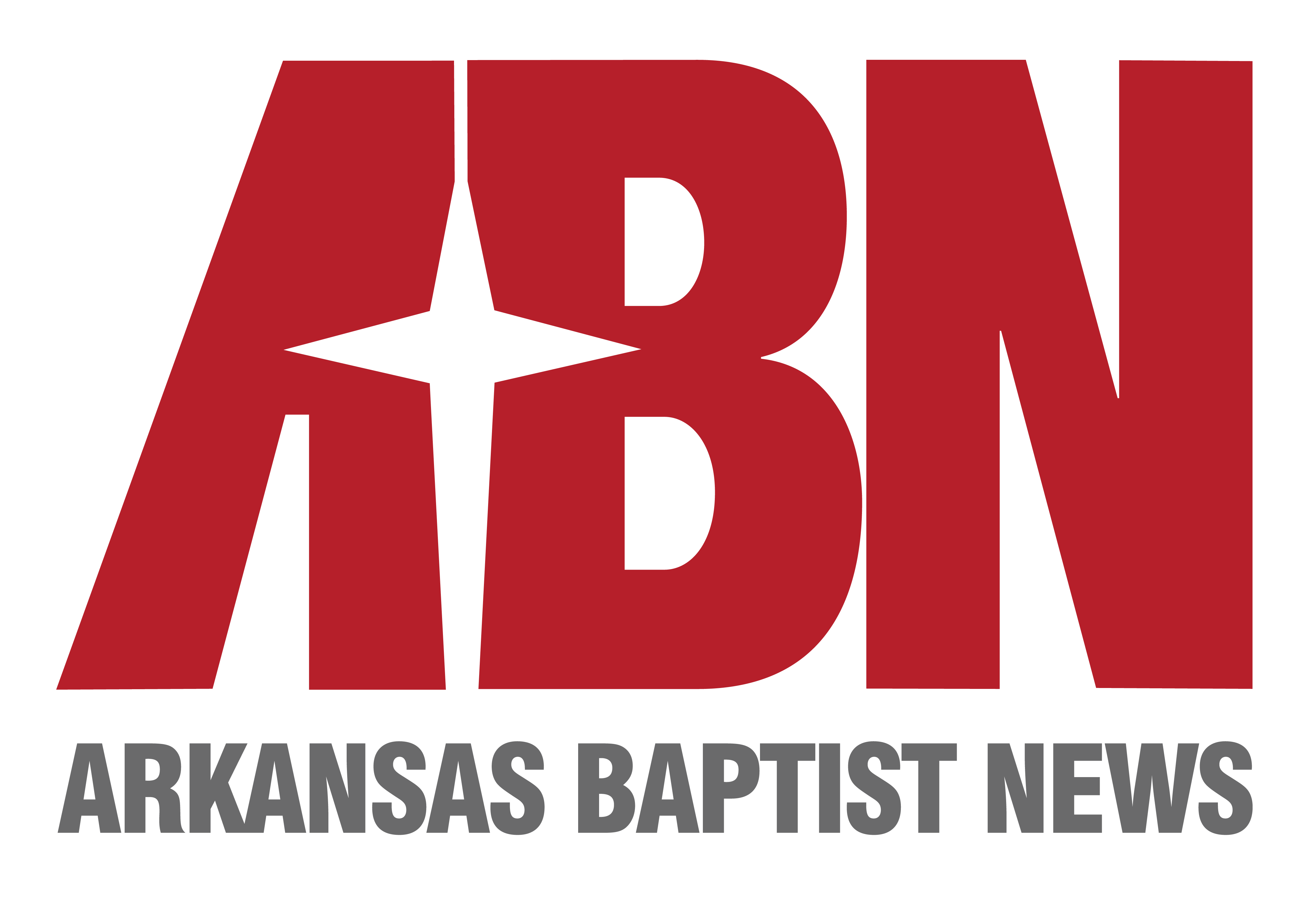Dillon S. McClain, Vice President and Attorney, Arkansas Baptist Foundation
According to the latest statistics concerning estate planning, over fifty percent of United States’ citizens do not have an estate plan in place. This is unfortunate given that we know our time on this earth is temporary. In addition to most individuals not having an estate plan in place, those that do often do not have their assets aligned with their estate plan. This misalignment of assets can cause an estate plan to be somewhat worthless or at least cause delay and expenses that could have been prevented.
Before I continue, I do feel I should define a few things to make sure we are all on the same page. These definitions are not exhaustive but are shortened and simplified for the sake of brevity.
- Asset – An asset is property that an individual or individuals own that has some value. This includes, but is not limited to, bank accounts, real estate, brokerage or investment accounts, retirement accounts, life insurance policies and products, and personal property.
- Asset Alignment – Asset alignment is the process of an individual ensuring their assets are congruent to their estate planning documents and will achieve the intended distribution plan outlined in those documents.
- Title – The title to an asset is the record of ownership of a particular asset. Every asset reflects who has an ownership interest such as a deed for a parcel of real estate or the signature card at a bank. The variations in how an asset is titled can have dramatic effects on how an asset is distributed.
- Payable on Death Contract or Designation (hereafter “POD”) – POD is a document or contract on file with a financial institution that names who is to receive a particular asset upon the owner’s death.
- Fiduciary – A fiduciary is a person or entity named in estate planning documents who has been given some type of authority–such as an executor, trustee, or power of attorney.
- Revocable Trust – A revocable or living trust is a legal document that expresses the final wishes of a person for the administration and division of their estate after their passing outside of court supervision. However, the revocable trust will only control the distribution of the assets it owns.
- Last Will and Testament –A last will and testament is a legal document that expresses the final wishes of a person for the administration and division of their estate after their passing. A last will and testament must be submitted to the court to be effective.
Generally, individuals use a combination of a revocable trust, last will and testament, and PODs to achieve the bulk of distributions to their beneficiaries. In my experience, most individuals do not have their assets or beneficiary designations titled in a manner that aligns with their estate planning documents.
Unfortunately, this leads to a lot of confusion for the fiduciaries named in estate documents and can lead to unintended consequences and/or beneficiaries. To ensure that your assets are aligned with your estate plan and they are distributed to the intended beneficiaries, we would encourage you to consider doing the following:
- Creating a list of your assets and reviewing that list on an annual basis. Surprisingly, most of the people I have worked with do not know the location of all their assets. This list of assets should at least include the name of the financial institution or entity and the type of asset. Additionally, and maybe more importantly, the title of your asset should be reviewed to ensure it is still aligned with your estate planning documents.
- Ensuring that your fiduciaries know where your documents and assets are located. You should provide copies of your estate planning documents to your family members and any fiduciary named in your documents. Additionally, you can provide the list of assets referenced above to your fiduciaries. At a minimum, you should place a copy of the list of assets with your estate documents.
- Funding your trust. In order for a revocable trust to pass things out of probate, the trust must own the asset or the asset must be made payable on death to that trust. Your assets do not automatically transfer to the trust upon the trust’s execution, so you must fund the trust by transferring ownership or updating your payable on death or beneficiary designations.
- Using your power of attorney. If you have a durable power of attorney for finances and personal affairs (hereafter “DPOA”), you might consider providing a copy of said DPOA to your bank, brokerage firm, etc. instead of adding someone to your account as an individual signer. This would allow your agent to transact for you without the possibility of asset misalignment.
- Seeking legal counsel. First, if you do not have an estate plan, you should seek and obtain legal counsel and complete an estate plan. Second, if you are unsure whether your assets are aligned with your current estate plan, seek legal counsel to ensure your assets will be distributed to your intended beneficiaries.
The information contained in this article does not constitute legal advice, and you should consult with your own legal counsel concerning your individual situation. If you have questions about the Foundation’s services, please contact us at 501-376-4791 or info@abf.org.

